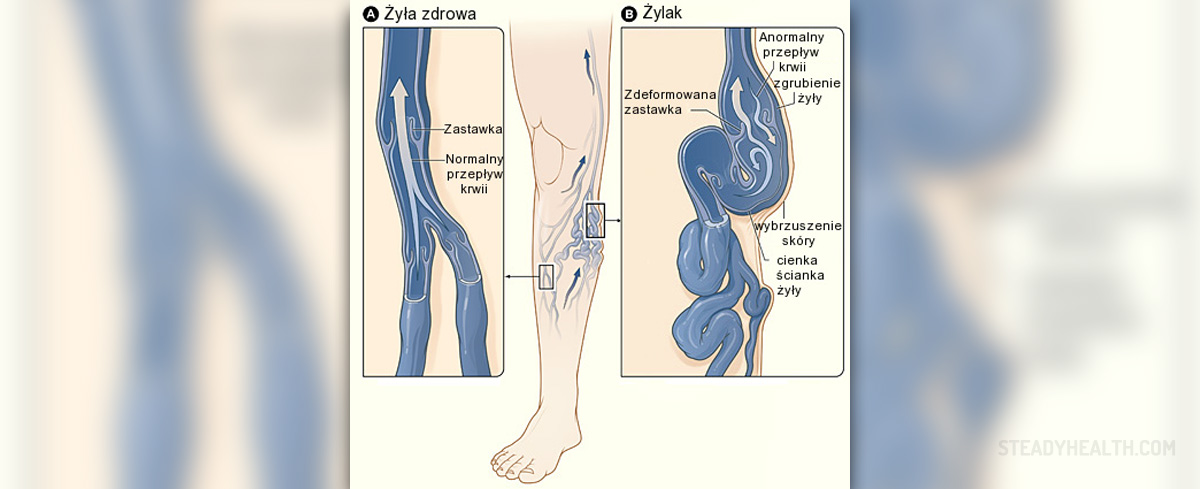
Introduction to varicose veinsVaricose veins occur when the veins that lie under the skin become swollen. They appear on the skin as bumpy, dark blue, purple formations that many people say look like road maps.
The usually occur on the legs, especially on the calves, but also on the thighs as well.
Sometimes people have slight cases of varicose veins that do not need treatment, but other either have serious cases that may require surgery, or simply want to get right of the varicose veins because they are unsightly.
Symptoms
Some of the major symptoms of varicose beings include aching in the legs, itchiness and burning sensations, swelling of the ankles, and of course, the visible blue and purple veins that are noticeable on the skin.
It is a myth that large varicose veins hurt more than small ones, because that does not have to be the case.
Also, it is important to know that many of these symptoms that have been mentioned could be the symptoms of other problems that have nothing to do with varicose veins, so it is best to see a doctor that will be able to diagnose the problem properly. Treatment
If a person is not experiencing discomfort from the varicose veins they might choose not to treat them.
However if they are very painful and uncomfortable, or if the person simply hates the way that they look on the legs, then there are treatments that are available.
There are both non-surgical and surgical methods of treating varicose veins.
Doctors often recommend that people with varicose veins should be wearing pressure stockings, which can help to get rid of the swelling and the aching of the legs. However, they will not be able to stop varicose veins from developing further.
This stocking will help improve the blood flow in the veins, and for some people with mild cases of varicose veins, this will be enough to remedy the problem.
There are also surgical procedures that can be performed in order to get rid of these problems.
The most common surgical procedure is called ligation and stripping and it is usually performed under general anesthesia. However, the surgery is not foolproof either, since three out of ten people that go through this type of surgery will have varicose veins appear on their legs again.
Another possible treatment is called sclerotherapy, which involves chemical being injected into the varicose being that will damage the veins and cause them to close. This procedure is used in a liquid form for smaller veins but in a foam form for large varicose veins.




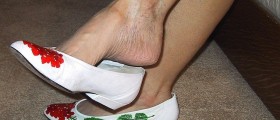

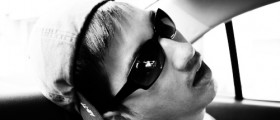



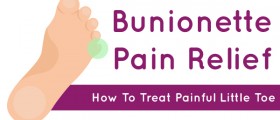

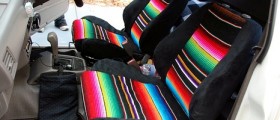
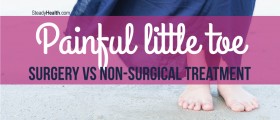
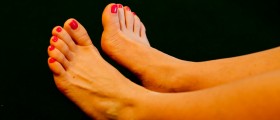

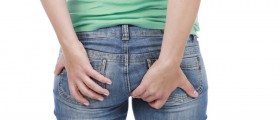
Your thoughts on this
Loading...